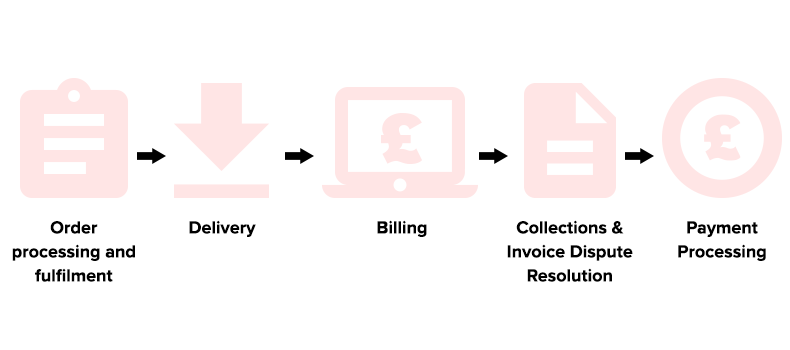It may surprise you to hear that 55% of businesses still rely largely on paper.
Despite the rising digital economy where most transactions, processes and purchases are made digitally and online, paper clearly remains vitally important for many businesses.
Digital transformation looks set to change this. When it comes to paper, it enables organisations to move manual processes to digital and does so thanks to the power of automation.

What is workflow automation?
In order for everything to happen on time and in sequence, business workflows need to be streamlined.
Workflow automation was previously made difficult thanks to paper processes that were often manual, but with digital processes, key business tasks can be fully automated.
Human involvement in paper-heavy tasks usually takes employees away from the more important stuff. Equally, the chance of human error is always high when it comes to printing and filing documents correctly.
With workflow automation, businesses can reduce or eliminate human involvement. This saves time, raises efficiency, and enables teams to work on higher-value tasks that don’t need to be automated.
Moving on from lower-level changes
Automation usually follows on from the introduction of lower-level digital transformation.
These might include digitising priority business processes such as HR, marketing, sales and finance, or putting in place a basic managed print services (MPS) strategy.
Once the technology is in place, the benefits of automation can be assessed further. And, with most MPS systems and processes capable of automation that extends far beyond the more basic business tasks, your digital transformation strategy can go far deeper.
Finding the low-hanging fruit
The key to a successful digital transformation strategy is to set off on the right foot by identifying the low-hanging fruit that represents a strong candidate for automation.
To find the processes that offer quick wins for automating first, you’ll need to rely on analytics to identify inefficiencies within each department.
Which tasks are repetitive, prone to human error and represent the biggest headaches for stakeholders within the business? With data-driven process automation, your business will make sweeping changes that satisfy both employees and customers.
The big stuff: a phased approach
The more complex, business-specific processes that aren’t quite as easy to transform are often better handled in phased stages.
By breaking up those big pieces of digital transformation into bite-sized tasks, gaining employee buy-in becomes easier and you’ll avoid the dangers associated with making big leaps the organisation can’t sustain.
Alternatively, these business-specific processes can be handled as discrete, structured projects that avoid the need to disrupt the day-to-day running of the business.
Knowing where to start with digital transformation is challenging, but automation will provide the kickstart most businesses need to begin their journey. Just remember to start simple and approach the big stuff systematically!

